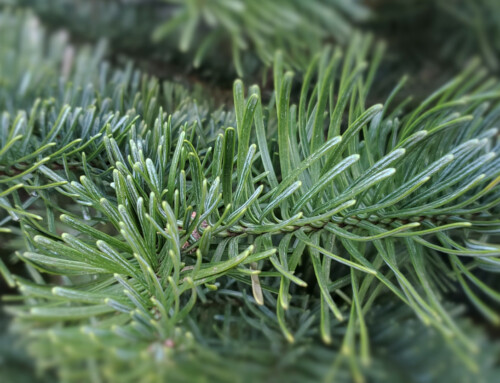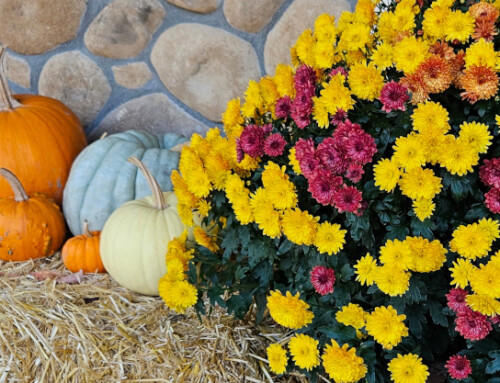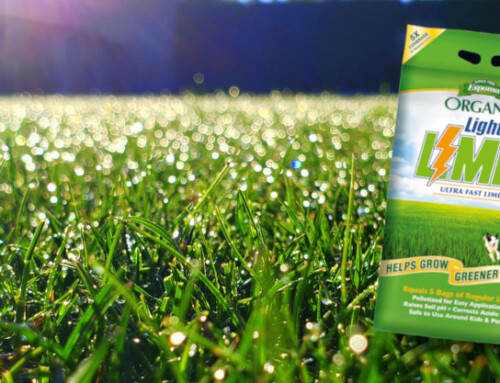Remember the long-range weather forecasts last fall? Some said to expect a colder, wetter winter than normal. Others made predictions entirely to the other end of the spectrum. As it’s turned out—at least thus far—our winter has been quite mild, with only a couple of dustings of snow and just a week where the temperatures dipped into the 20s. And with the mild weather comes just one thing: an early spring. So how can you get ready?
Now, in the last couple of years we’ve had beautiful early spring weather, only to find out later it was too good to be true—either we’ve had a late winter storm roll through or later spring has turned out cold and rainy. But that doesn’t mean there’s not work you can get done outside regardless!
First things first: before the season gets too busy, get your lawn mower into a local shop for a tune-up and blade sharpening. While a mower with a dull blade may still appear to cut grass fine, in reality, dull blades tear grass, leaving ragged, open wounds on the ends of each blade that can result in more lawn fungus problems and an unsightly lawn. Remember the old saying, “An ounce of prevention is worth a pound of cure” and save yourself the headache of dealing with lawn fungus this year.
One thing you almost certainly will have to deal with, however, is moss. Mild, wet weather is ideal for moss growth, and although we’ve had plenty of dry and even nice weather this winter, we’ve had our share of rain, too—enough, anyway, for moss to really take hold in our lawns and flowerbeds. To take care of the problem, skip the Moss Out or other similar products and spread ferrous sulfate—available at Vander Giessen’s—on your yard to kill the moss quickly.
While products like Moss Out can offer some benefit in the battle against moss, generic ferrous sulfate does a much better job killing the moss outright. Between the higher quality ingredients and finer granule size, ferrous sulfate will wipe out moss quickly and easily.
After you’ve killed the moss in your lawn, follow up with a dose of Espoma Lightning Lime. You may remember hearing about it last fall—and autumn is a great time to apply it—but because of the acidity of our soils in the Pacific Northwest, it’s a good idea to treat at least twice a year. Using Lightning Lime again in spring will help keep moss from re-growing in your lawn and allow your first lawn fertilizing to be its most effective.
With an early spring well on its way, a final major task to put on your to-do list in the next few weeks is spring pruning. For many shrubs, trees and perennials, it’s best to prune them back before they start to put out too much growth—and it’s certainly easiest to see what you’re pruning when there aren’t leaves all over!
When pruning woody shrubs and trees, the task can seem daunting—but start with the basics. One of the most important steps you can take is to eliminate crossing or rubbing branches, so look first for any branches that may pose a problem. By removing one or both offending branches, you’ll eliminate the source of many future problems such as rot and other diseases.
This time of year is also important for pruning roses—and like pruning trees, it can at first appear challenging. For tips on how to prune your roses, stop in and let us give you some pointers. And remember this: roses are generally hard to kill, so if in doubt, prune harder!
Finally, take a few minutes in the coming weeks to plan. What are your hopes for your yard in the coming year? Do you want to create a new flowerbed or plant a tree? Maybe you want to keep your lawn looking nicer. Or maybe it’s time for a complete landscape redo. Whatever your dreams, be intentional. The best landscapes start with a plan, so sketch some ideas on paper—you’ll be glad you did!
As we begin a new year of gardening, take some time in the coming weeks to stop in at Vander Giessen’s and check out what’s rolling in. Over the next few weeks, thousands of shrubs, trees and perennials will be arriving—and already we’re well underway with planting annuals in our greenhouses. Whether you’re looking for plants or just need advice or help with a gardening question, we’re here to help.







Leave A Comment